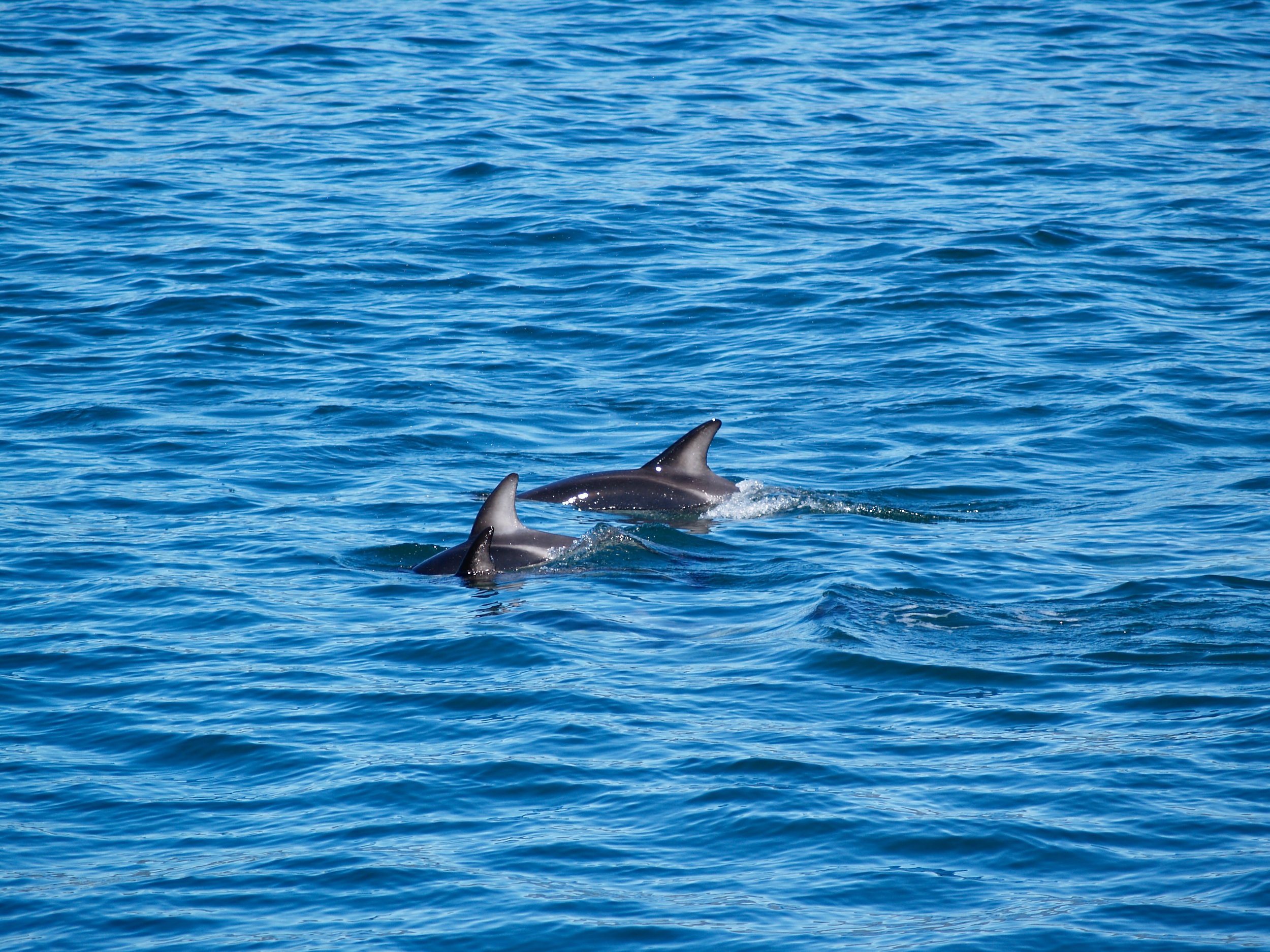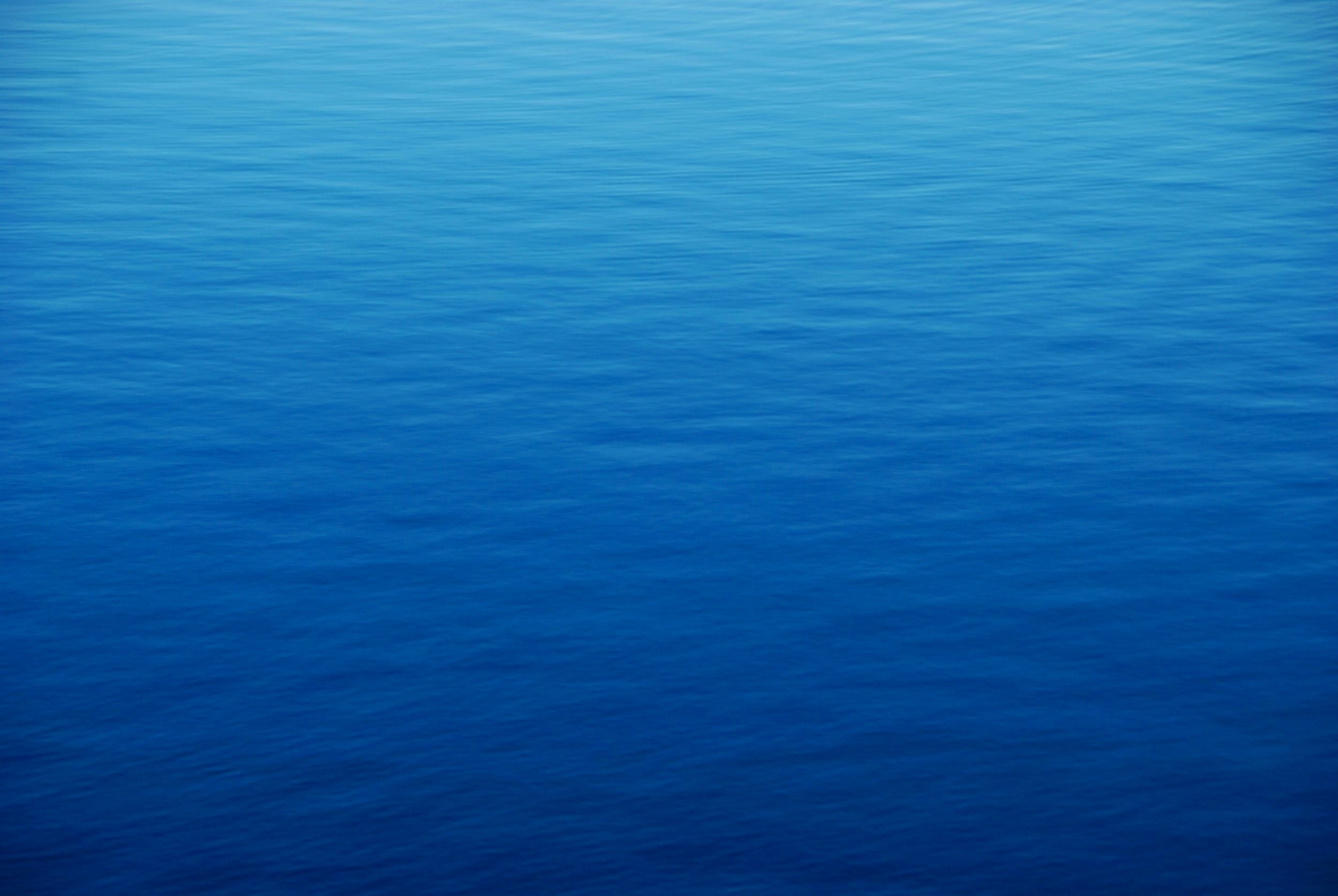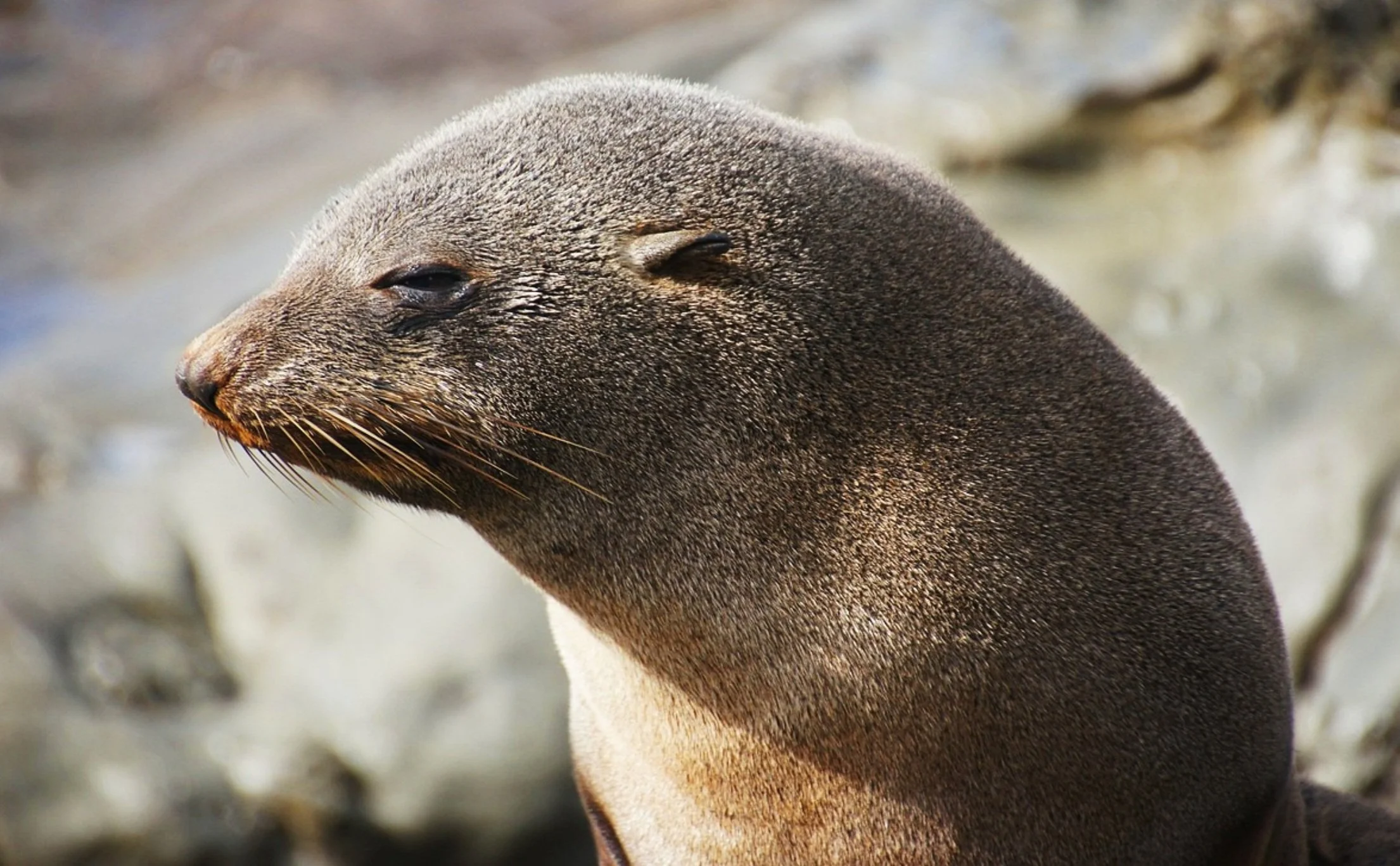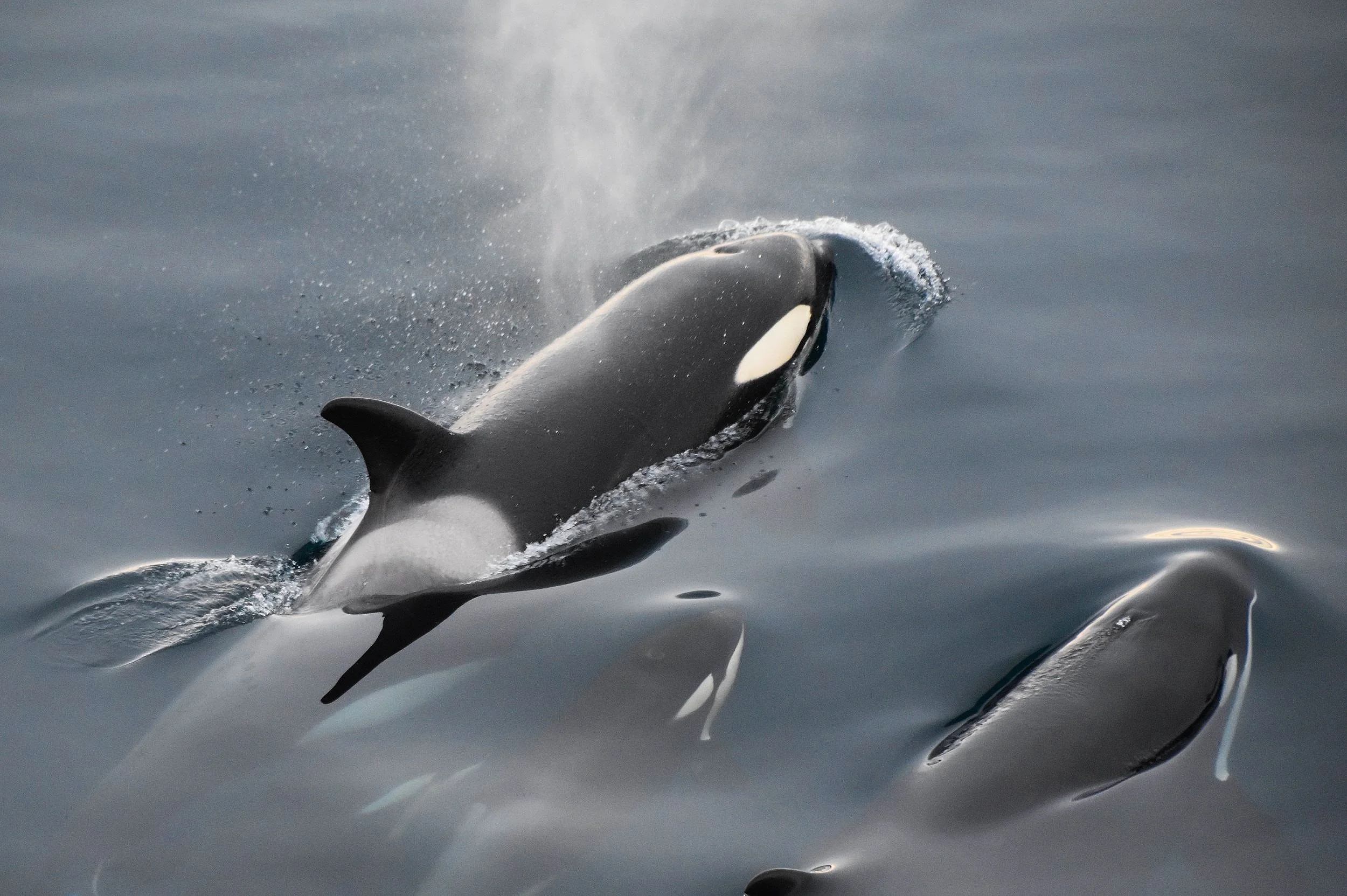
Marine Mammals
Pinnipeds
Whales
Almost half of the world’s cetacean species are found in New Zealand waters, with Kaikōura renowned as a marine mammal hotspot. Here you can sight many whale/tohorā species, including sperm, humpback, southern right, pilot, minke, beaked and blue whales.
The Kaikōura region is unique in being home to a year round resident population of at-risk sperm whales/parāoa. Kaikōura’s sperm whales are the most well-studied New Zealand population, including both resident and transient individuals, consisting of predominantly males. 89 sperm whales were recorded in Kaikōura in 1991, compared to 40 individuals documented in 2017. Long-term decline has lead to fewer resident whales, with ongoing displacement remaining a concern in relation to decreased ocean productivity and human disturbance.
An abundance of migratory whale species travel through Kaikōura’s waters, including humpback whales/paikea, typically sighted in inshore waters from May-September. Peak migration is from June to August, when humpback whales travel north from Antarctic feeding grounds, journeying past Kaikōura to breed in tropical waters.
Orca/kera wera spend time in Kaikōura coastal waters throughout the year, particularly from September to April.
Dolphins
Kaikōura is recognised as a site to regularly encounter dolphins. A variety of dolphins/aihe are found off Kaikōura, including Hector’s, dusky, common, bottlenose, and southern right whale dolphins.
The endangered Hector’s dolphin/tutumairekurai is unique in being endemic to New Zealand, with small sub-populations residing in Kaikōura coastal waters north and south of the peninsula. Hector’s dolphins have unique markings and a distinctive rounded dorsal fin akin to a Mickey Mouse ear. Along with the critically endangered Māui dolphin, this is the smallest and rarest dolphin species in the world. They continue to be threatened by commercial and recreational fishing.
Dusky dolphins can be sighted throughout the year in Kaikōura, with variations in location and habits between the summer and winter months. From October to May, dusky dolphins congregate in large groups inshore and off the Kaikōura Peninsula. During April to September, pods are located further offshore and range over a wider area of the coastline.
Common dolphins are generally sighted over the summer period, while bottlenose dolphin sightings occur periodically, both often associated with pods of dusky dolphins.

















